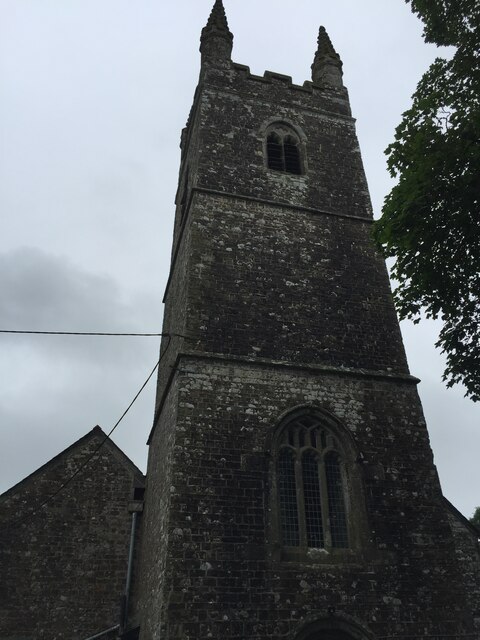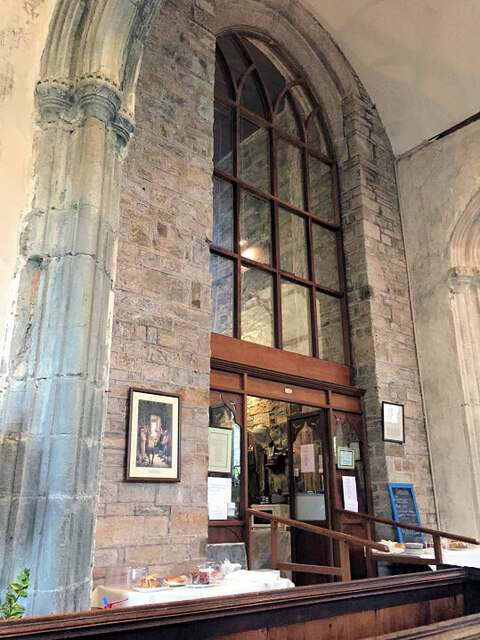Riddleton Copse
Wood, Forest in Cornwall
England
Riddleton Copse

Riddleton Copse, located in the beautiful county of Cornwall, is a picturesque woodland area known for its lush greenery and tranquil atmosphere. Covering an area of approximately 100 acres, this enchanting copse is a haven for nature enthusiasts and those seeking solace in the heart of the countryside.
The copse is predominantly made up of native deciduous trees, including oak, beech, and ash, which create a dense canopy that provides ample shade during the hot summer months. The forest floor is carpeted with a rich layer of moss, ferns, and wildflowers, making it a haven for a diverse range of flora and fauna.
Traversing through Riddleton Copse, visitors are greeted with a network of well-maintained footpaths and trails, allowing them to explore the woodland at their own pace. These paths wind their way through towering trees and alongside babbling brooks, offering breathtaking views and a sense of tranquility.
The copse is home to a variety of wildlife, including deer, badgers, foxes, and a multitude of bird species. Nature enthusiasts can spot rare and endangered birds such as the lesser spotted woodpecker and the nightingale, making it a popular destination for birdwatchers.
Riddleton Copse is not only a haven for wildlife but also a sanctuary for visitors looking to escape the hustle and bustle of everyday life. Its peaceful ambiance and natural beauty make it an ideal location for picnics, photography, and simply immersing oneself in the wonders of nature.
In conclusion, Riddleton Copse offers a captivating experience for those seeking a retreat into nature. With its diverse flora and fauna, well-maintained trails, and serene atmosphere, it is a must-visit destination for anyone wishing to explore the natural wonders of Cornwall.
If you have any feedback on the listing, please let us know in the comments section below.
Riddleton Copse Images
Images are sourced within 2km of 50.834602/-4.4764162 or Grid Reference SS2506. Thanks to Geograph Open Source API. All images are credited.


Riddleton Copse is located at Grid Ref: SS2506 (Lat: 50.834602, Lng: -4.4764162)
Unitary Authority: Cornwall
Police Authority: Devon and Cornwall
What 3 Words
///producers.wove.daring. Near Bude, Cornwall
Nearby Locations
Related Wikis
Grimscott
Grimscott is a village in north Cornwall, England, UK. It is situated in the civil parish of Launcells, 3 miles (4.8 km) east of the town of Bude.Half...
Launcells Cross
Launcells Cross is a hamlet in the parish of Launcells in Cornwall, England. It is on the B3254 road between Grimscott and Red Post. == References ==
Launcells
Launcells (Cornish: Lannseles) is a hamlet and civil parish in north-east Cornwall, England, United Kingdom. It is located 3 miles (4.8 km) east of Bude...
Hersham, Cornwall
Hersham is a hamlet south of Kilkhampton in Cornwall, England. Hersham is near Grimscott. It is in the civil parish of Launcells. == References ==
Nearby Amenities
Located within 500m of 50.834602,-4.4764162Have you been to Riddleton Copse?
Leave your review of Riddleton Copse below (or comments, questions and feedback).


















